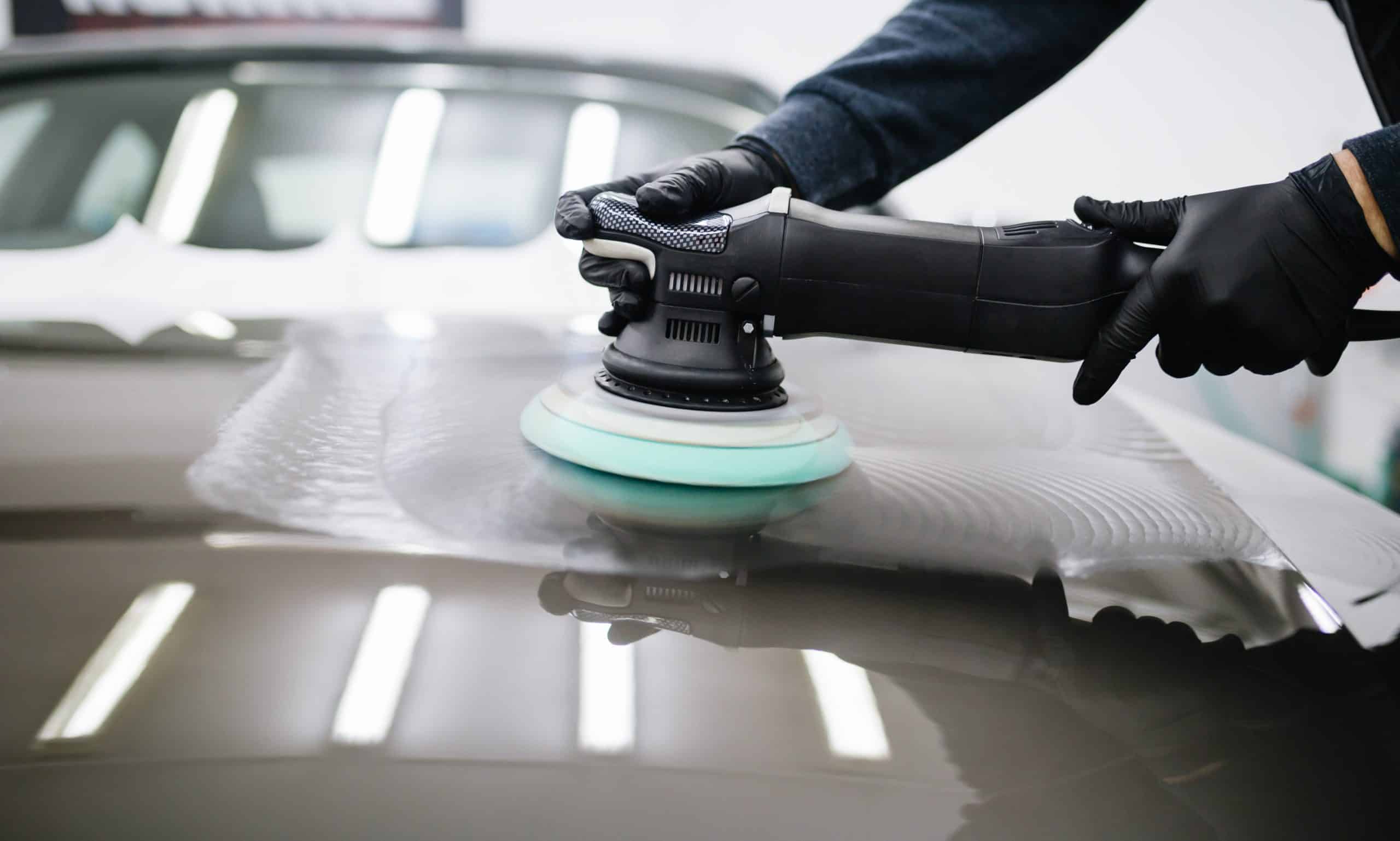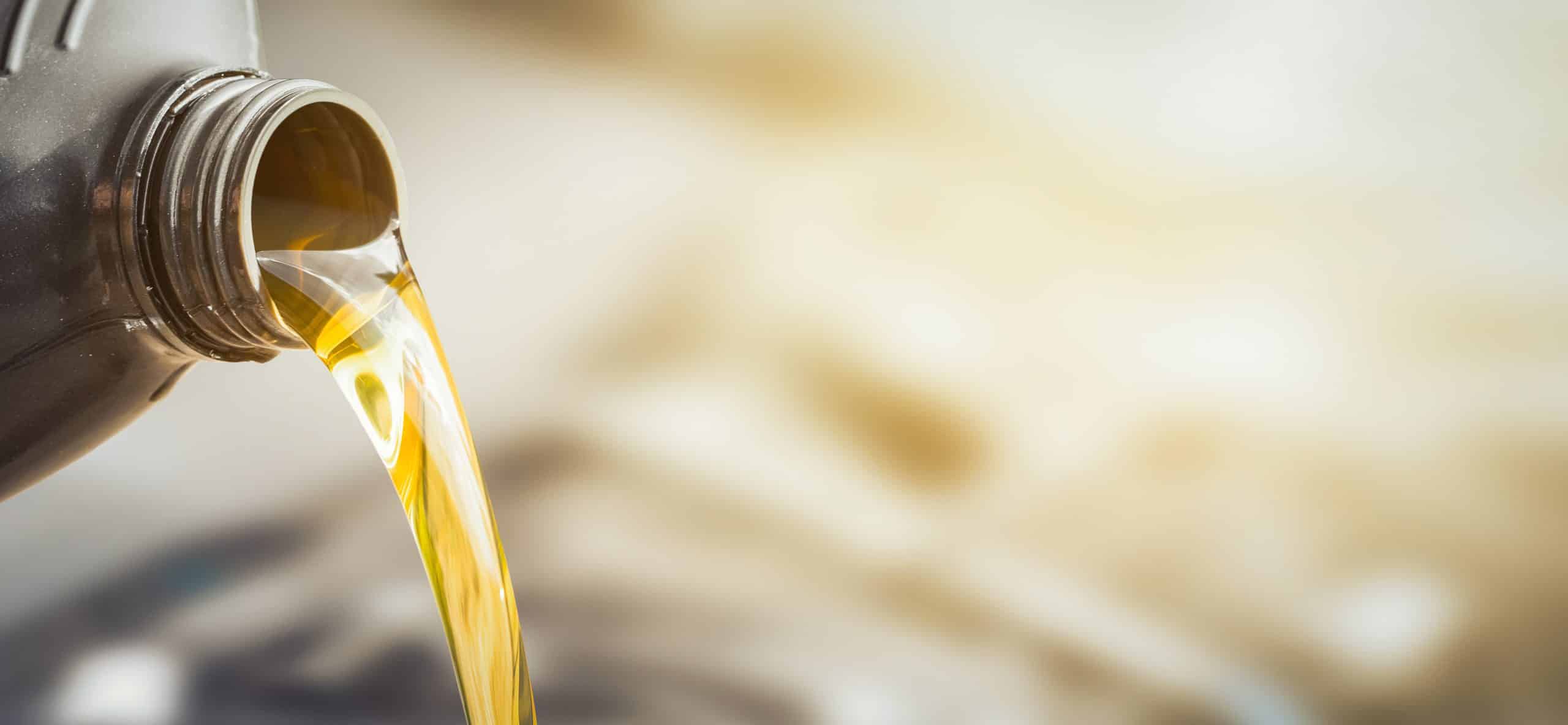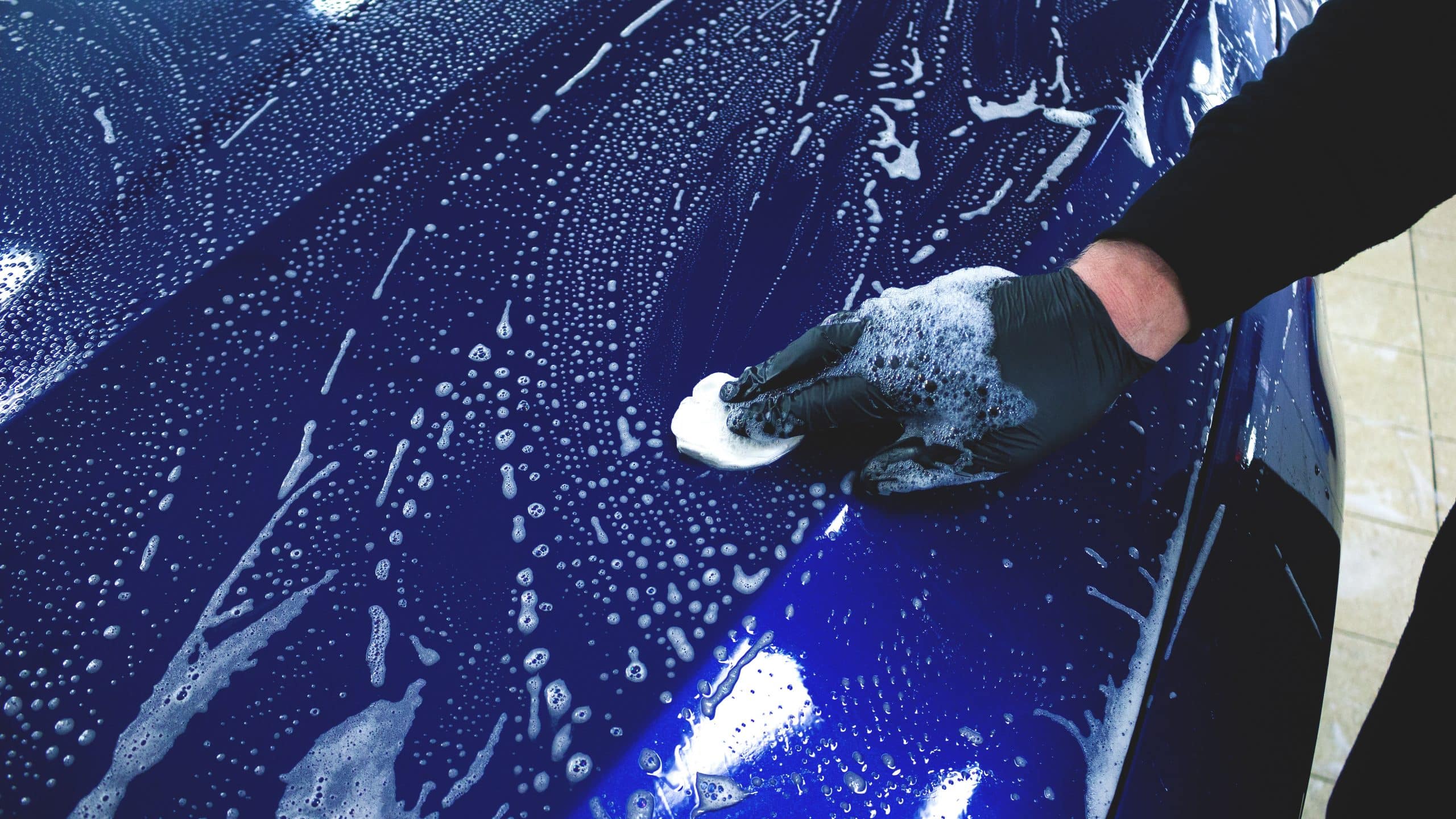Vinyl
Real leather
It can be very hard to distinguish real leather from synthetic leather. In the early sixties when the first generation of synthetic leather became popular, you could tell the difference from a mile away. Not only did it look different, it felt different too. Those days are long gone.
Faux leather, vinyl, eco-leather, leatherette and PU are just a few of the names commonly used for modern synthetic upholstery material that is made to look and feel like real leather. And it’s getting harder to know what’s what…
Confusing, isn’t it? Don’t worry, we’ll show you exactly how you know if something is real leather. Yet, don’t rely on one test only, to be really sure you’ll have to assess several tests:
Things you’ll need:
- Water (a few drops)
- Lighter (optional)
- Needle or pin (optional)
Firstly, you can do some simple non-destructive tests:
Visually inspect the material
If the material has no grain or skin-like structure, is perfect without flaws or has a repetitive pattern, it’s likely synthetic.
Real leather has a random, non-repetitive structure and looks like skin (because it is). Most real leather has small imperfections caused by insects, scars, large pores… Those appear randomly, not repetitively.
However, it’s not all black and white because the most expensive leather is usually almost flawless by selection. Some very fine leather hides can also appear almost structureless.
Smell the material
If the material smells like leather, that is a good indication that it could well be real leather. However, in rare cases, fake leather is sprayed with leather fragrance to smell like the real deal.
For practical and aesthetic reasons, some types of real leather are plastified. They sometimes have no smell or smell more like plastic. They are still real leather though. A lot of modern real leather car seats, for example, are partially coated with a synthetic coating to make them more abrasion-, chemical- and water- resistant.
Old, used real leather sometimes loses its typical smell or smells like the products it’s been maintained with.
Stretch the material
When you push down with one finger on a real leather seat surface or stretch a leather hide, longitudinal lines should appear like stretched wrinkles. Synthetic material on the other hand, will stretch but stay smooth. (see pictures) This is probably the most fool-proof yet little-known test.
Absorbency test
Spill a drop of water on the material and see what happens. If the drop is partially absorbed by the material it’s leather for sure. Synthetic leather does not absorb water because it doesn’t breathe and has no pores.
However, coated or plastified real leather or leather that’s been treated with a water-repellent product doesn’t absorb water either.
Check the reverse side
See if you can find an edge to see what the reverse side of the material looks like. If it looks like textile, it’s synthetic material. No doubt.
If it looks like suede, it’s real leather. This test never lies.
Finally, you can do destructive tests in an inconspicuous area:
Poke it with a pin or needle
Try to perforate the material with a needle or pin. If there’s hardly any resistance, it’s likely synthetic material. Real leather is generally much more difficult to puncture.
Heat it
CAUTION: Be very careful performing this test, synthetic materials can cause serious skin burns and can be very hard to put out! The smoke is toxic too, don’t breathe it in! You wanna have water or a fire extinguisher nearby when you perform this test.
Very carefully hold an open flame against the material. Real leather will shrink and turn black but it won’t melt or burn. Synthetic material will melt and often burn ferociously. That’s a conclusive difference.
Conclusion
No stand-alone test is 100% foolproof when it comes to testing if a material is real leather or synthetic. Even experts will combine several tests to make sure a material is real leather or not. In most cases destructive testing is not necessary.
Experienced people will automatically smell and feel and then check for another giveaway sign like an uncovered edge or the way the material has aged.
Anyhow, armed with all these tests, now you know exactly what’s what.
FAQ:
How do I clean leather car seats?
For a detailed step-by-step guide, take a look at our post on “How To Clean Leather Car Seats”









